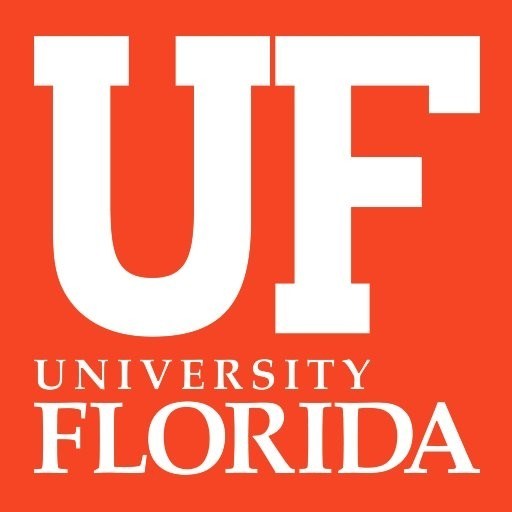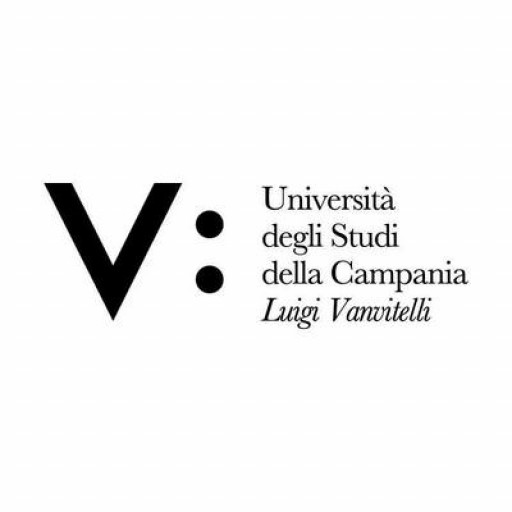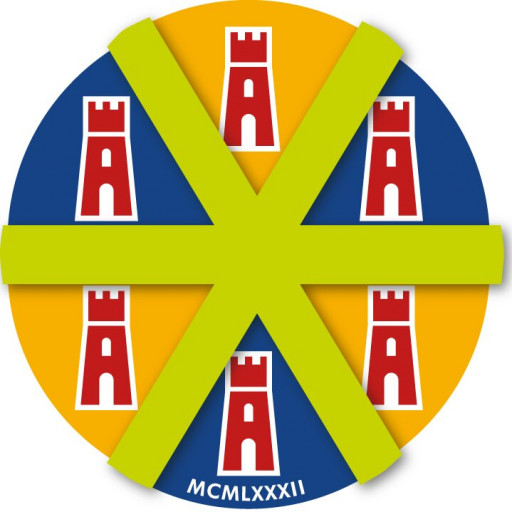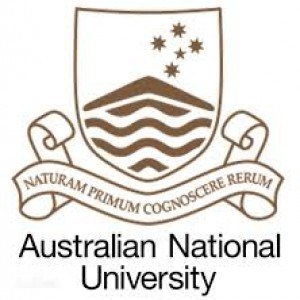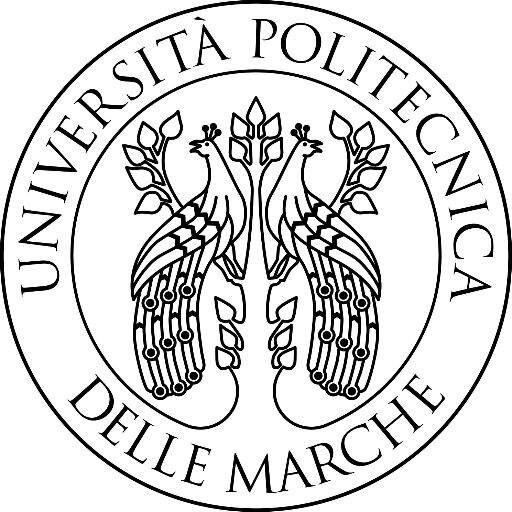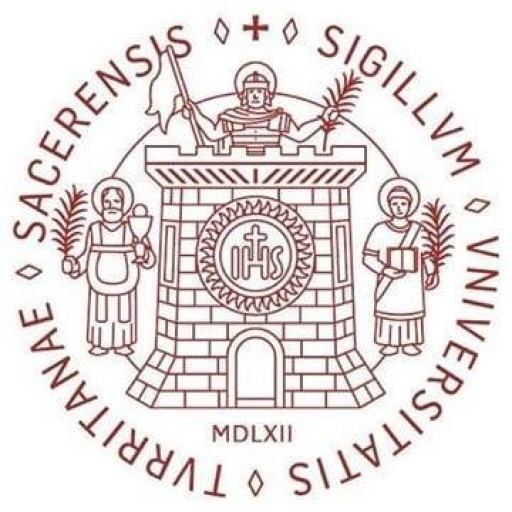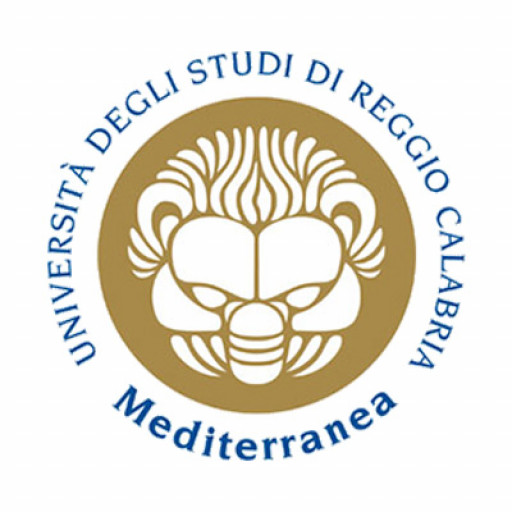Photos of university / #uflorida
The Forest Resources and Conservation program with a concentration in Geomatics at the University of Florida is a comprehensive and interdisciplinary undergraduate degree designed to prepare students for careers in the sustainable management and understanding of forest ecosystems through advanced geospatial technologies. This program offers students a robust foundation in forestry principles, ecosystem management, forest ecology, and conservation strategies, combined with specialized training in geomatics—including Geographic Information Systems (GIS), remote sensing, spatial analysis, and cartography. Through a combination of rigorous coursework, hands-on laboratory sessions, and field-based projects, students learn to collect, analyze, and interpret spatial data relevant to forest resources and conservation issues.
The curriculum emphasizes the importance of integrating technological tools with ecological and environmental knowledge to address real-world challenges such as deforestation, habitat fragmentation, forest health monitoring, and natural disaster management. Students gain practical experience by working with state-of-the-art GIS software, remote sensing platforms, and data collection tools, preparing them for diverse careers in government agencies, private consulting firms, non-governmental organizations, and research institutions. The program also offers opportunities for internships, research projects, and collaborations with industry partners, ensuring students develop valuable professional skills and industry connections.
Graduate pathways from this program include careers as forest analysts, GIS specialists, conservation planners, environmental consultants, and forest resource managers. The program fosters critical thinking, technical proficiency, and an understanding of ecological principles, all essential for making informed decisions that promote forest sustainability and biodiversity conservation. Designed to meet the evolving demands of the forestry and environmental sectors, the Forest Resources and Conservation program with a concentration in Geomatics at the University of Florida prepares students to be leaders in utilizing geospatial technology to solve complex forest management and conservation challenges across Florida, the nation, and globally.
The Forest Resources and Conservation program with a Concentration in Geomatics at the University of Florida offers students an interdisciplinary education focused on the application of geospatial technologies in forest management, conservation, and sustainable resource use. This program aims to equip students with a comprehensive understanding of forest ecosystems, remote sensing, Geographic Information Systems (GIS), GPS technology, and spatial analysis techniques. Students will learn how to collect, analyze, and interpret spatial data to support decision-making processes related to forest health, biodiversity preservation, and land use planning.
Throughout the coursework, students engage in both theoretical instruction and practical training. They explore topics such as forest ecology, conservation biology, GIS and remote sensing applications, cartography, spatial data management, and environmental modeling. Special emphasis is placed on developing skills in digital mapping, data analysis, and technological innovations that are vital for modern forest resource management. The program combines classroom learning with hands-on experiences using state-of-the-art software and equipment, including GIS software, remote sensing platforms, and GPS devices.
The curriculum is designed to prepare graduates for careers in government agencies, environmental consulting firms, non-profit organizations, and private industry, where expertise in geomatics can enhance forest conservation efforts and resource planning. Students also have opportunities to participate in research projects, internships, and fieldwork to gain real-world experience. The program fosters analytical thinking, technical proficiency, and a strong foundation in ecological and conservation principles, enabling graduates to address complex environmental challenges.
In addition to technical skills, students develop a deep understanding of sustainable forest management practices, policy implications, and ethical considerations associated with geospatial data use. The program also emphasizes teamwork, communication, and leadership skills essential for collaborative efforts in environmental stewardship. Graduates of this concentration will be well-prepared to contribute innovative solutions to global and regional forest resource challenges through the application of cutting-edge geomatic technologies.
The Forest Resources and Conservation program with a concentration in Geomatics at the University of Florida requires completion of a comprehensive curriculum designed to provide students with a strong foundation in forest science, resource management, and geospatial technologies. The program typically includes core courses in forest ecology, sustainable forest management, and conservation principles, coupled with specialized classes in Geographic Information Systems (GIS), remote sensing, cartography, and spatial data analysis. Students are expected to complete prerequisite coursework in mathematics, biology, and environmental sciences to ensure they possess the necessary background for advanced study.
The program emphasizes experiential learning through laboratory work, field practices, and internships, enabling students to gain practical skills in data collection, spatial analysis, and forest monitoring techniques. Additionally, students must undertake a series of seminars and projects that integrate geospatial methods with forest conservation objectives. A significant component of the program involves a research thesis or project, which requires students to apply their technical and theoretical knowledge to real-world forest management problems using geomatics tools.
To graduate, students are typically required to earn a minimum number of credit hours—often in the range of 30 to 36 credits—comprising both coursework and research components. The program encourages interdisciplinary study, promoting collaboration across ecology, geography, geology, and environmental policy disciplines. Students are also encouraged to participate in workshops, conferences, and professional development activities to enhance their practical skills and industry connections.
Admission to the program generally requires a bachelor’s degree in a related field such as forestry, environmental science, geography, or biology, along with relevant academic performance, letters of recommendation, and a statement of purpose. Some programs may require GRE scores or relevant work experience. Overall, the program aims to prepare graduates for careers in forest management, environmental consulting, conservation organizations, and research institutions, equipping them with both technical expertise and a comprehensive understanding of sustainable resource use and conservation strategies with a focus on geomatics methods.
The Forest Resources and Conservation program with a concentration in Geomatics at the University of Florida offers a variety of financing options to support students throughout their studies. Undergraduate students may benefit from scholarships such as the UF Herbert Wertheim College of Engineering scholarships, which are awarded based on academic achievement, leadership, and financial need. Graduate students have access to assistantship programs, including Research and Teaching Assistantships, which provide a stipend and tuition remission. Additionally, students can apply for fellowships through departmental or university-wide competitive programs, designed to support research initiatives in geomatics and forest resource management. Federal student loans are also available to eligible students, enabling them to borrow funds to cover tuition and living expenses. The university’s financial aid office provides comprehensive counseling and application assistance to help students navigate these options. External funding sources, such as private foundations and industry partnerships, occasionally offer grants or scholarships geared toward students in environmental sciences and geospatial studies. To apply for most financial aid opportunities, students are required to complete the Free Application for Federal Student Aid (FAFSA) form annually. The university encourages prospective students to explore all available sources of funding early in their academic planning process to ensure sufficient financial support. Furthermore, students are advised to consult with academic advisors and the university’s financial aid office to identify tailored funding strategies that align with their educational and career goals. Overall, the University of Florida is committed to making education affordable and accessible for students in the Forest Resources and Conservation program with a concentration in Geomatics, providing diverse financial resources to help them succeed academically and professionally.
The Forest Resources and Conservation program with a Concentration in Geomatics at the University of Florida offers students a comprehensive education in the principles and applications of geospatial technologies within the context of forest and natural resource management. The curriculum is designed to equip students with the skills necessary to analyze, interpret, and utilize geographic information systems (GIS), remote sensing, GPS technology, and spatial data analysis to address complex environmental and resource management challenges. Emphasizing both theoretical foundations and practical applications, the program prepares graduates for careers in conservation agencies, forestry operations, environmental consulting, academia, and research institutions. Students enrolled in this concentration learn about the principles of spatial data collection, data analysis, spatial modeling, and visualization techniques relevant to forestry and natural resources. They gain hands-on experience with industry-standard software and hardware, including GIS platforms, remote sensing imagery, GPS devices, and spatial databases. The program also encourages interdisciplinary collaboration, drawing upon fields such as ecology, forestry, geography, and computer science to develop holistic solutions to ecological problems. The faculty involved in this program are experienced researchers and professionals committed to advancing knowledge and technology in the field of geomatics. Graduates of the program are well-prepared to contribute to sustainable forest management, ecological monitoring, and natural resource conservation efforts. Upon completion of the degree, students often pursue careers with government agencies such as the U.S. Forest Service and the Florida Department of Environmental Protection, private consulting firms, or continue their education through doctoral research. The program emphasizes experiential learning through fieldwork projects, internships, and research opportunities that help students develop practical skills and build professional networks. With a strong focus on current technological trends and environmental priorities, the Forest Resources and Conservation program in Geomatics at the University of Florida aims to produce competent professionals capable of applying spatial analysis techniques to promote sustainable use and conservation of natural resources.
